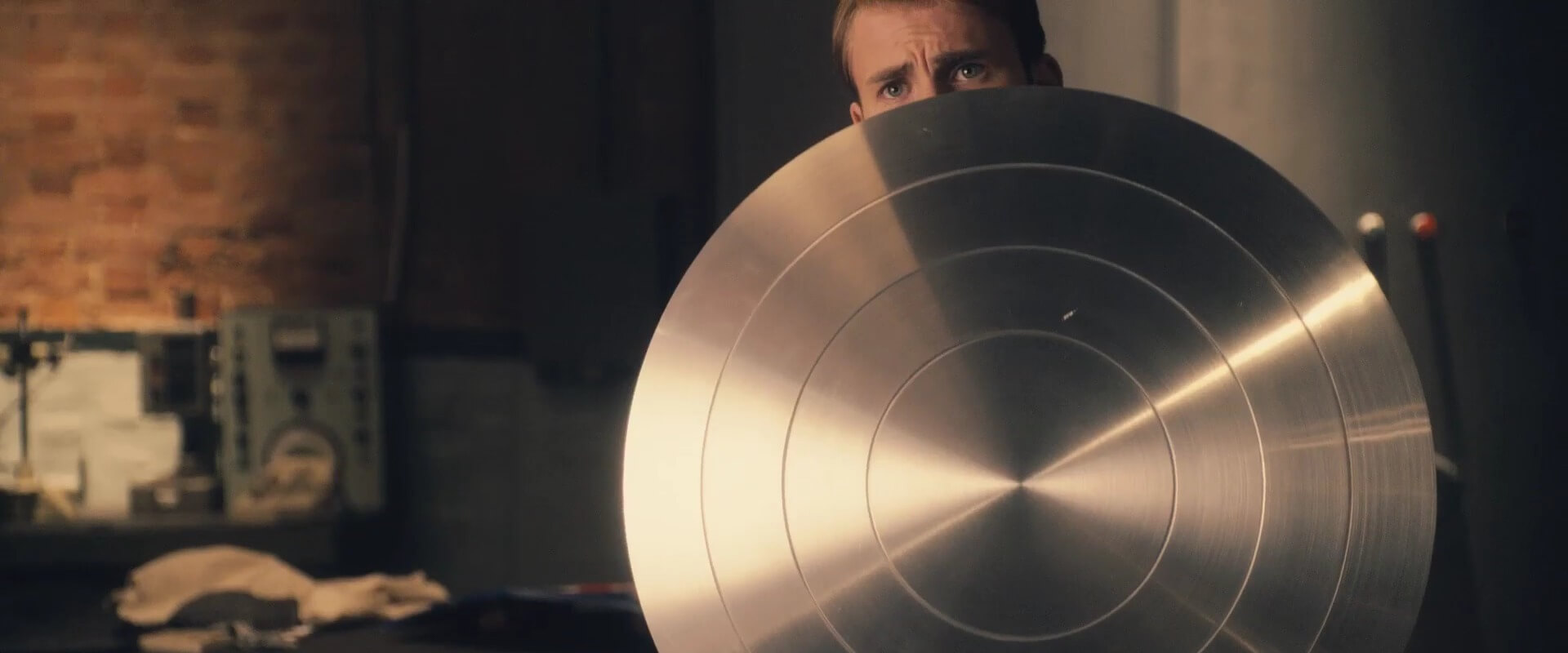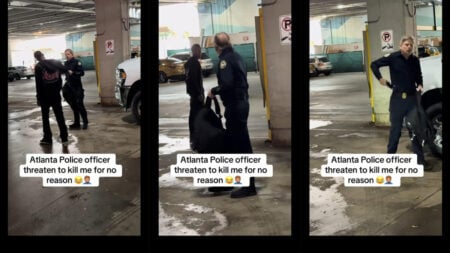Vibranium. It can absorb Hulk’s strength, repel an attack from Mjolnir, and block bullets. But we’re not talking about Captain America’s shield. Nope. It now will be coating the Hyperloop Pods created by Hyperloop Transportation Technologies.
In collaboration with the Slovakian materials firm c2i, HTT and c2i designed and created a carbon fiber embedded with sensor modules. These sensors will be able to interpret data from the Hyperloop pods such as temperature, integrity, and stability and send it back to HTT HQ for continuous monitoring. Since the pods that Vibranium covers will travel over 760 miles per hour, that continuous feedback is integral to the ability to keep pods functioning and fixed at a drop of a hat.
The Vibranium will be used in HTT’s pod’ two layers of the carbon fiber on the outside and inside to protecting the passenger chambers.
Collaborating with c2i isn’t Hyperloop Transportation Technologies only Slovakian partnership. HTT recently announced a partnership with the Slovakian government to study the feasibility of having a high-speed mode of transportation between Slovakia’s capital of Bratislava and the nearby cities of Vienna, Austria and Budapest, Hungary.
To put the speed and distance into perspective: by car, it’s little under an hour. By Hyperloop, it would take eight minutes. If that were implemented in the US, that would be the same as if you made a trip from Chicago, Illinois to Kenosha, Wisconsin.
There is no doubt that Hyperloop Transportation Technologies has the confidence and humility that Captain America possesses. With their latest introduction of Vibranium to their Hyperloop pod designs, there is a great chance that we will see Hyperloops become the next wave of public transportation overseas and here in the United States. Not only will our commutes be safer, but shorter, and able to reach one side from the central Atlantic Coast to central Pacific Coast in little over three hours.









